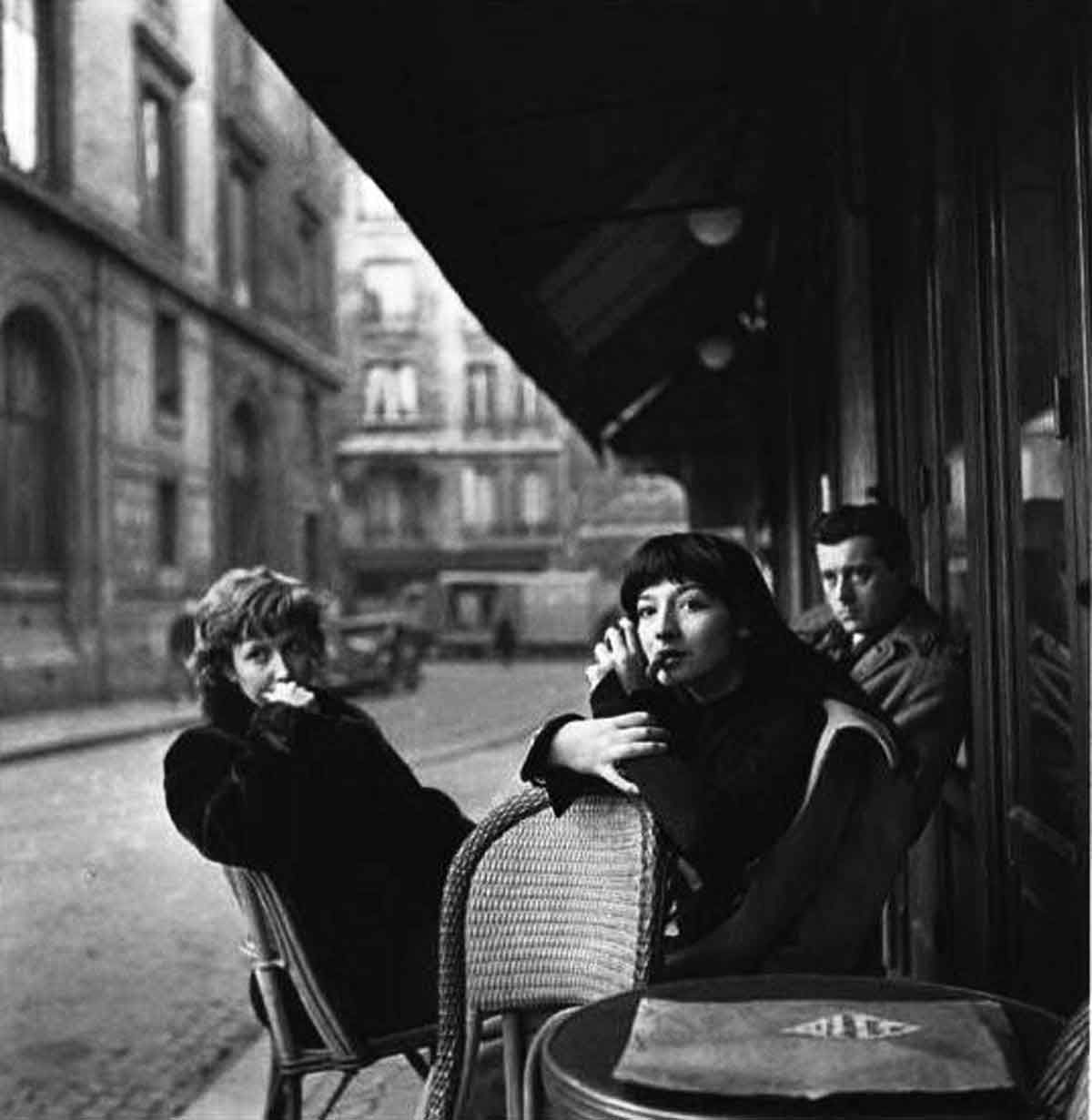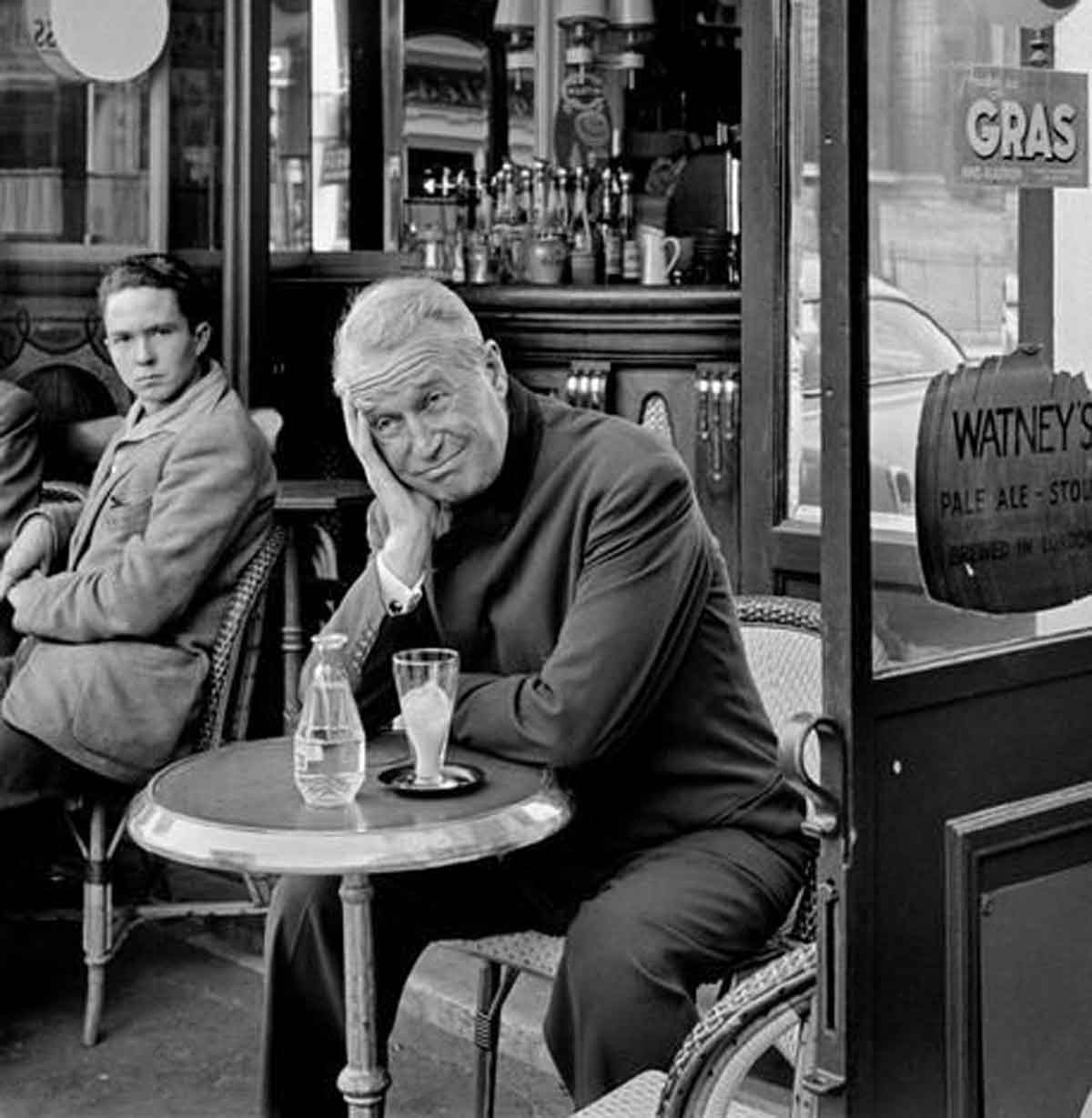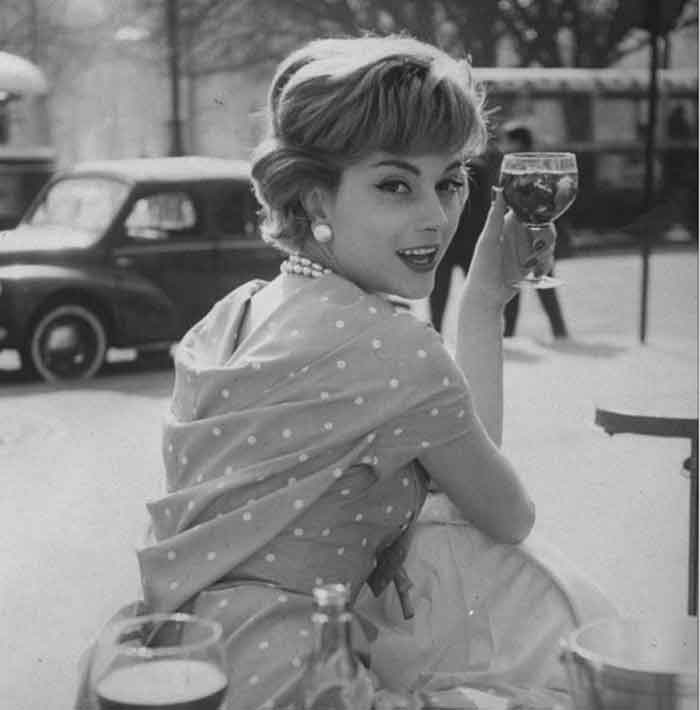Carousel Film Tribute to Paris –
Anaïs Nin -“Paris intimate like a room.”

Stills and Stories and a video tribute to Paris.

Carousel – 140 Years of Parisian Cafe Culture – 1877 to 2015
Think of France, and you think of Parisian cafe’s, the Belle Epoch era, the paintings of Edouard Manet, Edgar Degas and Renoir, who first evoked into image Paris’s liberated counter culture and the beauty of its people.
Ernest Hemingway: “London is a riddle. Paris is an explanation.”

To this city of dreams, all the greatest artists and free thinkers of the 20th Century have flocked.
Pablo Picasso, James Joyce, Samuel Beckett, and even a certain Vladimir Ilyich Ulyanov ( Lenin) were all drawn to the allure of Paris, its glamour, its decadence and its inspiration.The city has endured much pain in its history, and yet again this past week.
Oscar Wilde – “When good Americans die, they go to Paris.”

The terrorist attack on Paris.
The immediate solidarity shown by Parisians that awful night for anyone needing safe haven,by using the #PorteOuverte hashtag – inspired us, and the determination not to give in to hatred were most movingly expressed by the words on Facebook of Parisian Antoine Leiris who tragically lost his wife Helene Muyal Leiris in the Bataclan massacre.
This post and film is an ode to what is best in all of us.
A Photo history of the Paris cafe culture.

Honoré de Balzac – “Whoever does not visit Paris regularly will never really be elegant.”
The cafe culture in Paris is old, very old. The first coffee house was opened in 1672 by Pasqua Rose, who maintained a monopoly until Cafè Procope opened later in 1686. It remains open to this day.

Cole Porter – “I love Paris when it sizzles.”
In its heyday it was known as the theatrical cafe, where members of the French enlightenment such as Voltaire were regular guests.
The image of Paris as a city of free thinkers was sealed, along with the association of its cafe culture.

From the 1870’s onwards, the paintings of Manet, Degas, Van Gogh and Paul Cèzanne illustrated the cafes of Montparnesse and Montmarte in all their Belle Epoch glory.
Allen Ginsberg – “…the bewildering beauty of Paris…”


By the end of the 19th century and the beginning of the 20th, Paris cafes were the hangout for many of the emerging impressionist artists, writers and composers, from Oscar Wilde to Toulous Lautrec to Eric Satie and Claude Debussy. Coffee was often a polite cover for the more sinister addiction to absinthe.

The names are iconic – Les Deux Magots, Cafè de Flore, Le Dome Cafè, Le Deauville, Closerie des Lilas , Le Select and La Rotonde – all homes during these early years to some of the most creative people ever to have lived.
Gertrude Stein – “Americas is my country but Paris is my hometown.”

Revolutionary’s like Vladimir Lenin and Trotsky, and Karl Marx before them, plotted their overthrow of Capitalism and royalty in the cafe back-rooms of Montmartre.

Irish writer James Joyce found publishing fame in Paris, and spent the last years of his life there.
By the 1920s, political thinking was replaced by existentialists like Simone de Beauvoir and Jean Paul Sartre.

Wandering round Montparnasse or Montmartre, you might easily have bumped into the likes of Pablo Picasso, Salvador Dali or Ernest Hemingway ( not necessarily sitting together of course), or Paul Poiret and Coco Chanel having a public slanging match perhaps?

F. Scott Fitzgerald – “The American in Paris is the best American.”

Coffee houses continued to be free thinker zones, and fashionable places to be seen in until the shadow of World War Two and the occupation of Paris.

Paris Fashion and the Cafè Culture.
By the 1930s, model shoots bwere becoming quite common in the trendy cafe settings of Paris’s cafes. By the 1950s, they were almost considered a priority during the Paris fashion seasons.
Charles Dickens – “Paris is the most extraordinary place in the world!”
Love on the Left bank – 1954

In the post war era, one name Vali Myers, perhaps encapsulates more than any other woman, the post war bohemian. Born in Brisbane, the actor, dancer, artist moved to Paris in 1949 full of dreams, but found herself living on the streets of Saint-Germain on Paris’s Left Bank.

Here she is captured in a wonderful series of photos by Dutch photographer Ed van der Elskin, documenting the bohemian life on the Rive de Gauche and entitled Love on the Left Bank and published as a Photobook story in the British Picture Post.
Myers life,look and work inspired many future artists from Bob Dylan, Leonard Cohen and Patti Smith.


A Paris bloggers view of cafe culture in 2015.
Today perhaps, you will more likely see flocks of tourists in these iconic places. Parisians have thousands of cafes to choose from.
Paris blogger Flore der Agopian writes in A Woman’s Paris, a beautiful ode to her culture.“Even in winter we sit outdoors, whether it’s raining or snowing, at cafés where there are heaters for warmth and awnings for protection.”



Jean Cocteau – “In Paris, everybody wants to be an actor; nobody is content to be a spectator.”

She described one typical conversation she overheard between a woman in her 80s – “graceful, very delicate and wore a silk scarf with a pearl necklace and red lipstick. Aristocratic!” and a man in his 50s who had sat down beside her – ” he carried a motorcycle helmet and in the other a black leather briefcase. A businessman”.


The woman talked emotionally about the Second World War, and the conversation moved on to today’s society.
It was clear says Flore der Agopian, that they did not know each other, “but when they parted it was as if they had known each other for a long time”.
Just one cafe, and a chance encounter between two strangers, and there you have Paris in a nutshell. Long may she live.


That’s all!
©Glamourdaze 2015.
More Reading:
The Role of the Parisian Cafe in Modern Art
Café Culture and the Age of Enlightenment- Magda Romanska
Hip Paris
A Woman’s Paris
Hip Paris
Invisible Paris
Girls Guide to Paris
Paris in Four Months
Savoir Faire Paris
My Parisian Life

Wow really beautiful Images and really awesome Video. Must have been a lot of work to find all those pictures. Great post, thanks a lot :)